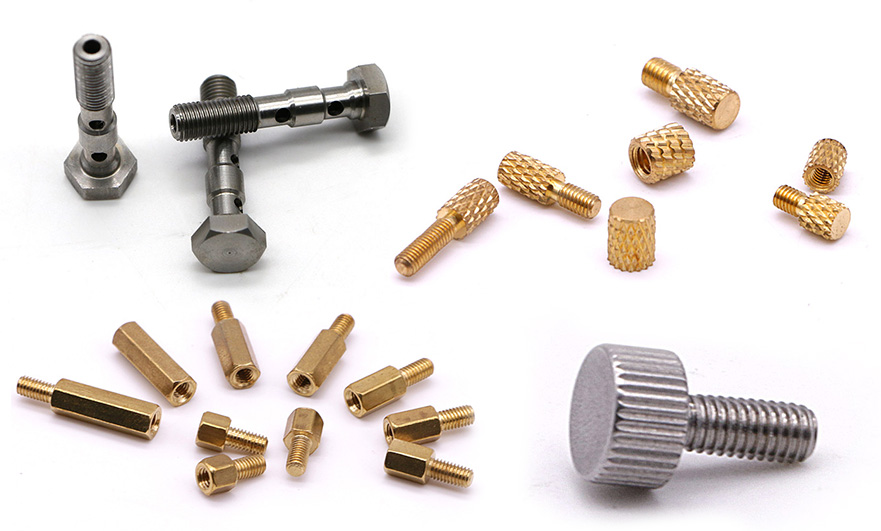15 years one-stop China custom CNC machining parts factory

Hey there I’m VMT Sam!
With 25 years of CNC machining experience we are committed to helping clients overcome 10000 complex part-processing challenges all to contribute to a better life through intelligent manufacturing. Contact us now
 540 |
Published by VMT at Oct 23 2021
540 |
Published by VMT at Oct 23 2021
Fasteners are also called standard parts in the market. They are a general term for a class of mechanical parts used when two or more parts (or components) are fastened and connected into a whole. But there are also some non-standard fasteners, that is, fasteners that do not need to correspond to the standard, that is, there are no fasteners with strict standard specifications, and the matching can be freely controlled.
Usually, the customer puts forward specific requirements and then tightens. Parts manufacturers manufacture based on these data and information. Generally, the manufacturing cost of non-standard fasteners is higher than that of standard fasteners.
What are threaded fasteners?
Threaded fasteners are most easily identified by external or internal threads. That is, the spiral ridge on the cylindrical shaft or on the internal thread. The thread is used to convert torque or rotational force into linear force. All threaded fasteners have a simple but basic function: to hold objects together and fix the parts in place.

Different types of threaded fasteners and their uses
1. Bolt
Most bolts are only threaded on the flat end of their shaft. Bolts are used to connect two thin parts. The main difference between bolts and screws is that bolts require nuts to generate tension, while screws do not. There is a through hole on the connection part. There is a gap between the rod passing through the bolt and the hole. The through-hole machining requirements are general, the structure is simple, and the disassembly and assembly are convenient. It has been widely used.
Reamed bolt (GB/T27) holes and screws often adopt transitional fit, such as H7/M6, H7/n6. This kind of connection can accurately determine the relative position of the connecting piece. It is suitable for bearing lateral load, but the precision of CNC machining holes is high, and it is often used in conjunction with drills and reamers. Bolts are used to connect thick parts and are not suitable for connection with bolts.
Thick parts need to be disassembled frequently and have low strength. Machine threaded holes on thick parts, smooth holes on thin parts, screw bolts into threaded holes, and tighten thin parts with nuts.
2. Screw
The screw has a slotted head, and you can twist its tip into a material to hold two objects together. You can install the screws on wood or other materials with a screwdriver or drill bit. The most common screw heads are:
Phillips head: There is a cross groove on the screw head.
Flax head: similar to Phillips head, but it has a horizontal groove.
Hexagonal: There is a hexagonal groove on the head.
Torx: There is a star-shaped gap in its head.
3. Self-tapping screws
If self-drilling and self-tapping screws and drill bits are used, there is no need to prefabricate bottom-hole self-tapping screws for non-ferrous metals, wood, etc. for weak connection. But generally speaking, the bottom of the well should be prepared in advance.
Ready To Start Your Next Project?
Get Instant Quote

Request a Free Quote
Send us a message if you have any questions or request a quote. We will get back to you ASAP!